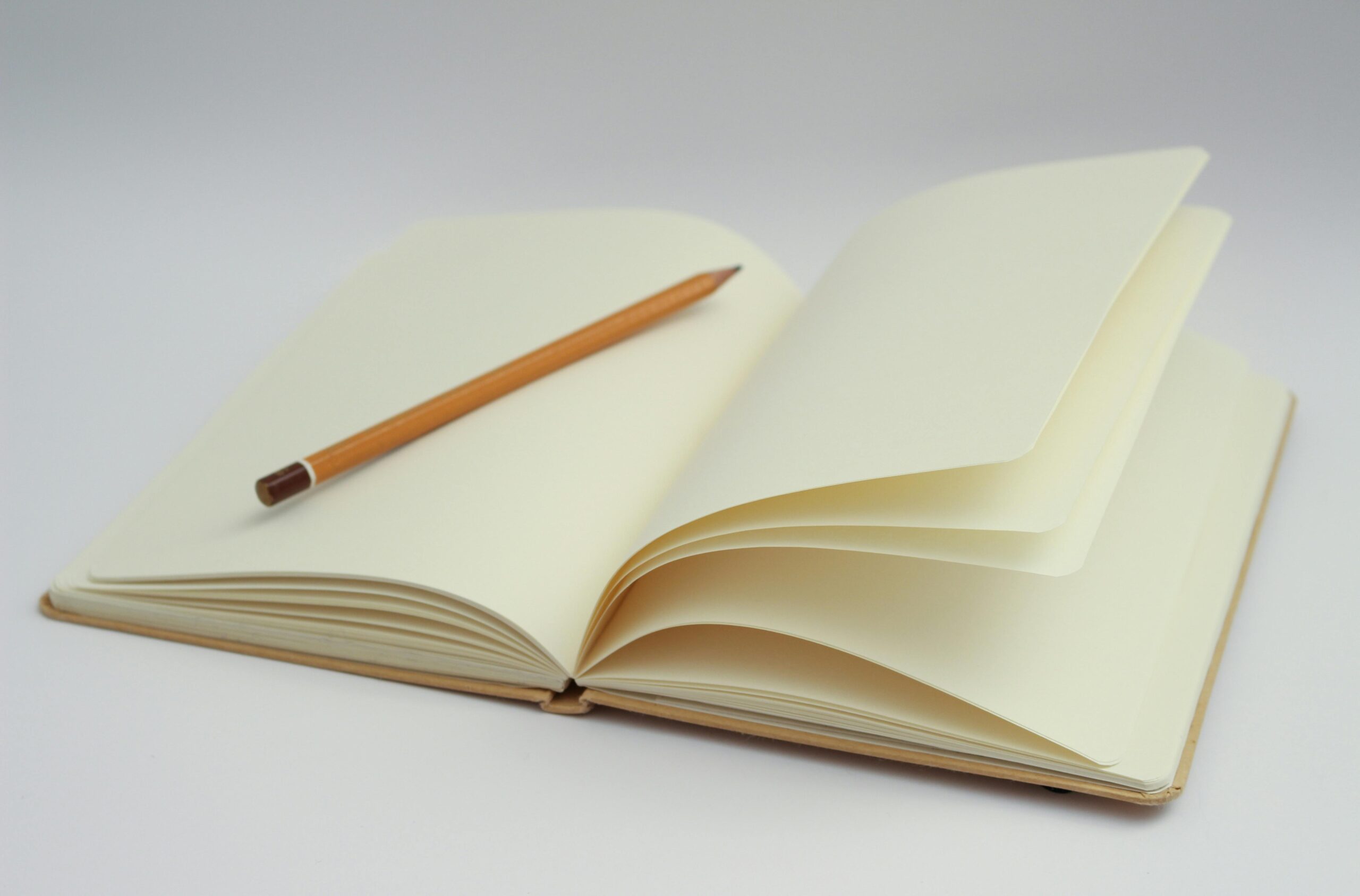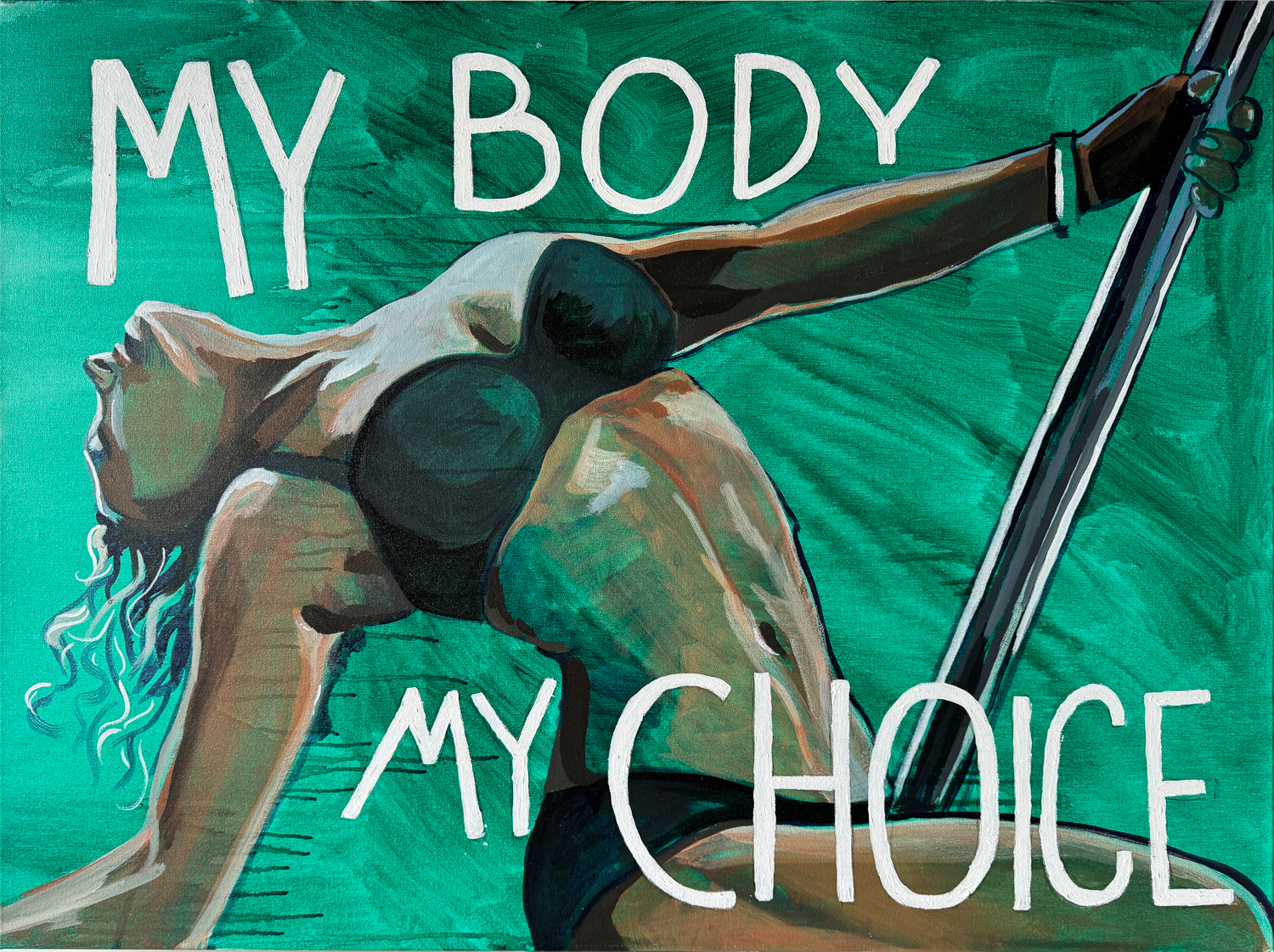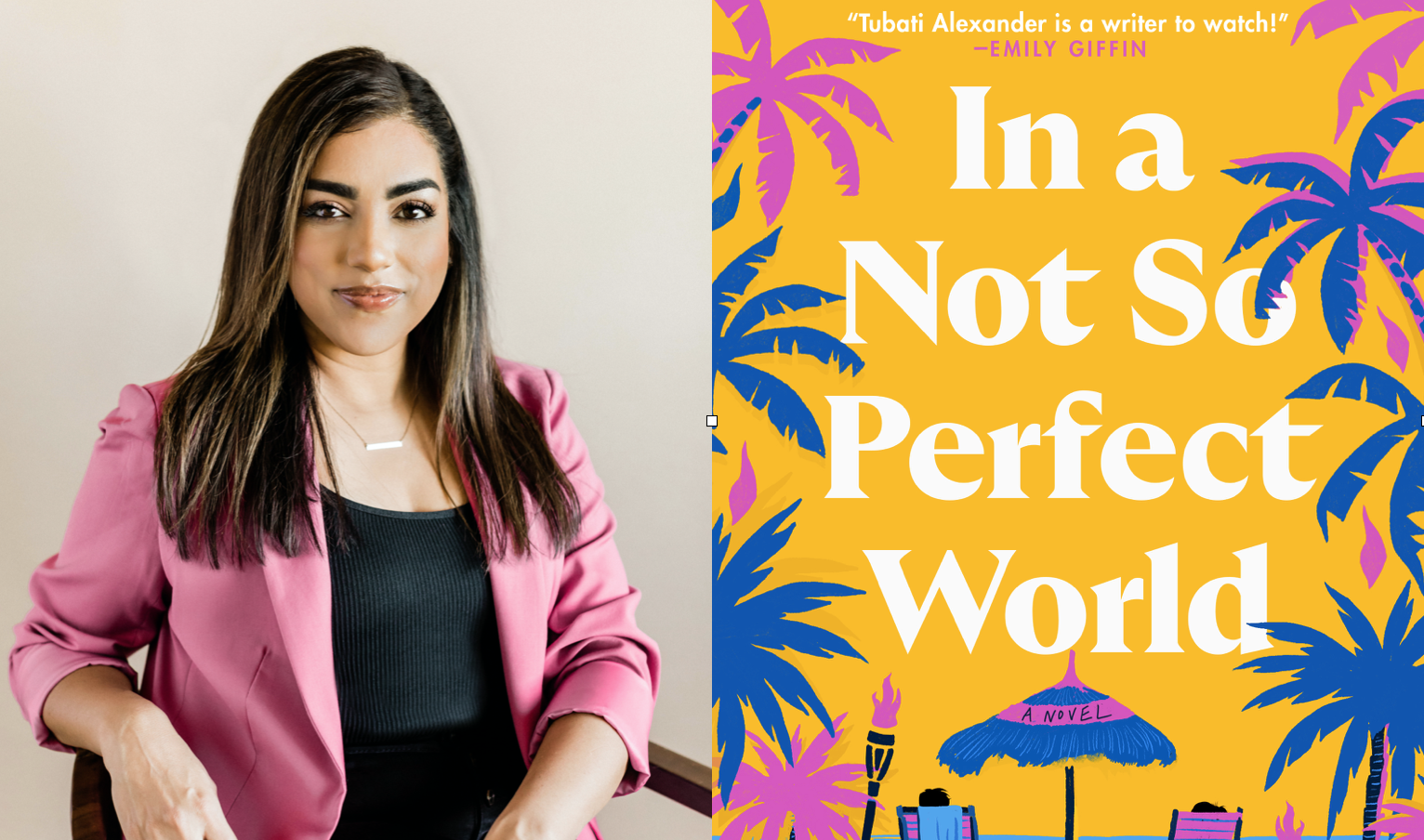
Art knows no boundaries. No matter the background or country, an artist can come from every walk of life. The question is: how diverse is the art displayed in museums across the United States? Do we see a commonality of nationalities, genders, or backgrounds appearing in art museums? And, which of these artists appear the most frequently?
SINGULART, a digital art magazine dedicated to supporting the work of diverse artists, researched painting and sculpture collections from museums in the most populated cities to decipher how diverse the artists are. They inspected the complex diversity of nationalities, ethnicities, gender disparities, and movements that shape the narrative of artistic representation in the country’s art museums.
Their report also aimed to explore genderqueer and LGBTQ+ identifying artists, however, the lack of data available led to the exclusion of these results from the final analysis. This highlights the necessity for more comprehensive and inclusive data to accurately represent the diverse spectrum of identities within the art community.
SINGULART is a platform where 49% of the artists and designers they proudly represent are women. Their future mission is to play a role in reshaping the art market to contribute significantly to building a more diverse and inclusive society. With connections to over 14,000 artists, they want to spark more discussions on inclusivity and bring about tangible, meaningful change. So it makes sense they would release this data during Women’s History Month, reminding the art world that more must be done.
With over 46,000 pieces of art analyzed in the report, SINGULART explored the diversity of American fine art and how a variety of nationalities, ethnic backgrounds, gender imbalances, and influential art periods are represented in institutions across the country. Keep reading below to see what they found.

What are the most common nationalities in US museums?
The US is home to such a wide variety of cultures and communities, but which nationalities come out on top in the art world? Perhaps not surprisingly, artists of an American nationality feature most frequently in the US, where art museums may be naturally inclined to display home-grown art. With over 10,000 artists assessed, a vast majority of these were American, creating 59.4% of the art we assessed.
In comparison, French, Italian, and Dutch artists were found to be the next most visible nationalities, with just over 10% of artists being French, Italians having a 4.5% representation, whilst Dutch artists accounted for 3.4% of the artwork on display.

What is the most frequent ethnic background of artists in US museums?
Using the American Census to categorize each artist, SINGULART were able to broaden their research and better understand the background of each artist and see where their influences might stem from. This meant classifying artists as White, Black, American Indian, Asian, or Hispanic, as grouped by the American Census.
With only 11.6% of total artwork coming from artists of color, there is a clear bias on display in art museums. With this in mind, they took a deep dive into these numbers to see which ethnic backgrounds were really being exhibited.

Hispanic artists had created 31% of the artwork on show in US collections, with their largest representation found in the cities of Austin and San Antonio of the state of Texas. In fact, out of the top 26 cities with sufficient data, Hispanic artists were top for most frequently displayed in 11 of the cities analyzed.
Asian artists are exhibited a similar amount, with 29% of non-white artworks coming from artists with an Asian background. This was explicitly popular in San Diego, California, possibly due to its famously diverse culture and significant Asian population.
Over a fifth of non-white artists came from a Black background, with representation highest in Miami, Florida where almost 60% of artwork on display has been created by non-white artists. This also rings true in Virginia Beach, Virginia, where 18.9% of artwork was created by a person of color and the most frequent ethnicity was Black, perhaps due to its significant African American demographic.
18% of non-white artists came from an Indigenous background, so if you’re seeking a city that best represents Native American cultural influences, Tulsa, Oklahoma is top. With 27.3% display of artwork created by artists of color, those from Indigenous backgrounds display the most frequently. You can trace these roots to the Muscogee Nation specifically, reflecting a rich historical heritage in the state.

Which US cities have the highest gender disparity in artists?
SINGULART’s research found a huge gender disparity in the artwork displayed by US museums, with 86.8% of artwork coming from artists who identify as male, while just 13.2% comes from artists who identify as female. This, however, varied widely between individual cities.

Raleigh in North Carolina, for instance, portrayed the worst gender equality representation with the percentage of male artists on display coming in at 95.5% across the city’s museums, therefore leaving just 4.5% of artworks here being created by women.
Albuquerque in New Mexico, on the other hand, had the most balanced display of gender, with 53.6% of artists in the city’s museums identifying as male and 46.4% identifying as female; the smallest percentage difference across the cities.

With this in mind, a handful of female artists with a significant influence on art history appeared repeatedly. Most remarkably, American female abstract painter Georgia O’Keeffe – known as the ‘Mother of American Modernism’ – was the second most-displayed artist out of the 10,000 we analyzed.
Similarly, 19th-century-born artists Cecilia Beaux – the first woman to teach at the Pennsylvania Academy of the Fine Arts – and Violet Oakley – the first American woman to receive a public mural commission – also appeared in the top 60 artists, evidently for their vast influence on American art.
Which is the most diverse art period in US museums?
Where there is clear evidence of a bias towards American, white, and male artists, it is necessary to investigate the time periods many of these artworks were conceptualized.
Art from the Modern Period (1850-1959) came from artists with non-white ethnic backgrounds 8.8% of the time, with a huge jump to 17.1% in the developing Contemporary Period (1960-2023). This increase is largely due to the revolution of cultural movements at the time, allowing for greater access to more diverse art types including multiculturalism and post-colonialism.
Where the Contemporary Period saw a leap into artwork from artists of color, this is likely due to the civil rights movement and the increased globalization of art at the time. Where the most frequent ethnic background of art was Black, there seems to be a strong correlation between the art period and the culture surrounding it.
Although there was a significant improvement in representation during the Contemporary Period, we do see fluctuations across history. For instance, the Renaissance Period (1350-1599) and Romantic Period (1800-1849) have a particularly low demographic representation, where just 2% of the art at the time was produced by people of color.
Compared to this, though, the remaining periods hover at around 8.5% for non-white communities, going as far back as the Medieval ages (500-1349), showing variability in ethnic representation throughout history.
All art periods other than the Contemporary Period see Hispanic and Asian artists as the most frequent non-white ethnicity. This, therefore, suggests that although there has been a lower number of ethnic representations across the centuries, there is an underlying illustration of POC art over time, as well as a growing diversification of the art in museums.

Who are the most common artists in US museums?
When it comes to individual artists, there is an array of classic American names that appear frequently across museums. Thanks to their familiarity among local audiences, it’s perhaps no surprise that American artists like Joseph Henry Sharp, George Catlin, Olaf Carl Seltzer, and William Robinson Leigh take the lead in the top 10.
SINGULART found the 10 most-displayed artists to be American white males, with the exception of the previously mentioned Georgia O’Keeffe in second place, and French male artist Auguste Rodin who takes the eighth spot. Of the top 50 artists portrayed in US museums, over half of these were American white males.
Looking at the geographical diversity of the top 20 US artists, we found plenty of the household names you might expect including Auguste Rodin, Claude Monet, and Henri Matisse all from France, and Pablo Picasso from Spain. Classic art names seen regularly due to their global reputations and impact on art styles such as Impressionism and Cubism.
French, Dutch, Russian, and Spanish are the only non-American nationalities to appear in the top 50 artists on display across US museums however Native Americans also frequent. 20th-century artists like Woodrow Wilson Crumbo (also known as Woody Crumbo) and Acee Blue Eagle, both from the Muscogee nation, were dominant in their native American initiatives. Now, their work can be seen in museums across the country.
What does the diversity of US museums look like?
Clearly there is still a long way to go to expand the diversity of our art museums. It is an urgent reminder that our cultural spaces must grow to authentically reflect the diversity of voices, encouraging an inclusive art landscape that embraces the richness of American culture.
This report highlights ongoing challenges and opportunities for diversity within US museums, showcasing efforts to diversify collections and positive shifts towards a more inclusive art landscape. Where American artists dominate the US museums naturally, there is still a chance for gender, nationality, and ethnicity to develop in the future of artists and what is exhibited in museum collections
SINGULART’s mission to diversify the landscape, including raising awareness of women-identifying artists, defining a better gender gap strategy, exploring diversity in a wider sense, as well as maintaining policies geared towards salary equity, aims to take a stance that provides a channel for change.
Through investigating the nationalities and ethnicities of the artists in US museums they hope to increase the awareness of the gender gap in artworks, fostering a better understanding of the diversity of the US art market and museums and how the industry can create a better future for upcoming artists.
To see more of the data and understand the methodology behind the research, head to the SINGULART website.

[This article was originally published on Singulart.com, and republished and adapted with permission.]
















